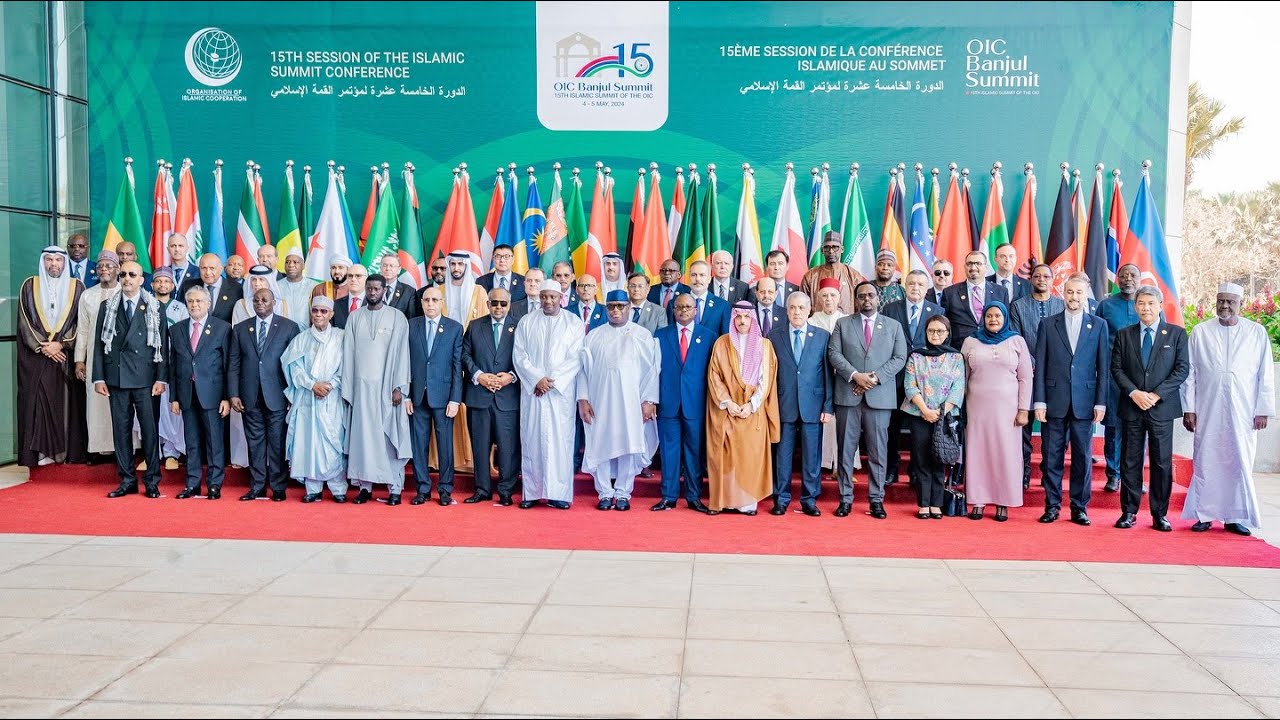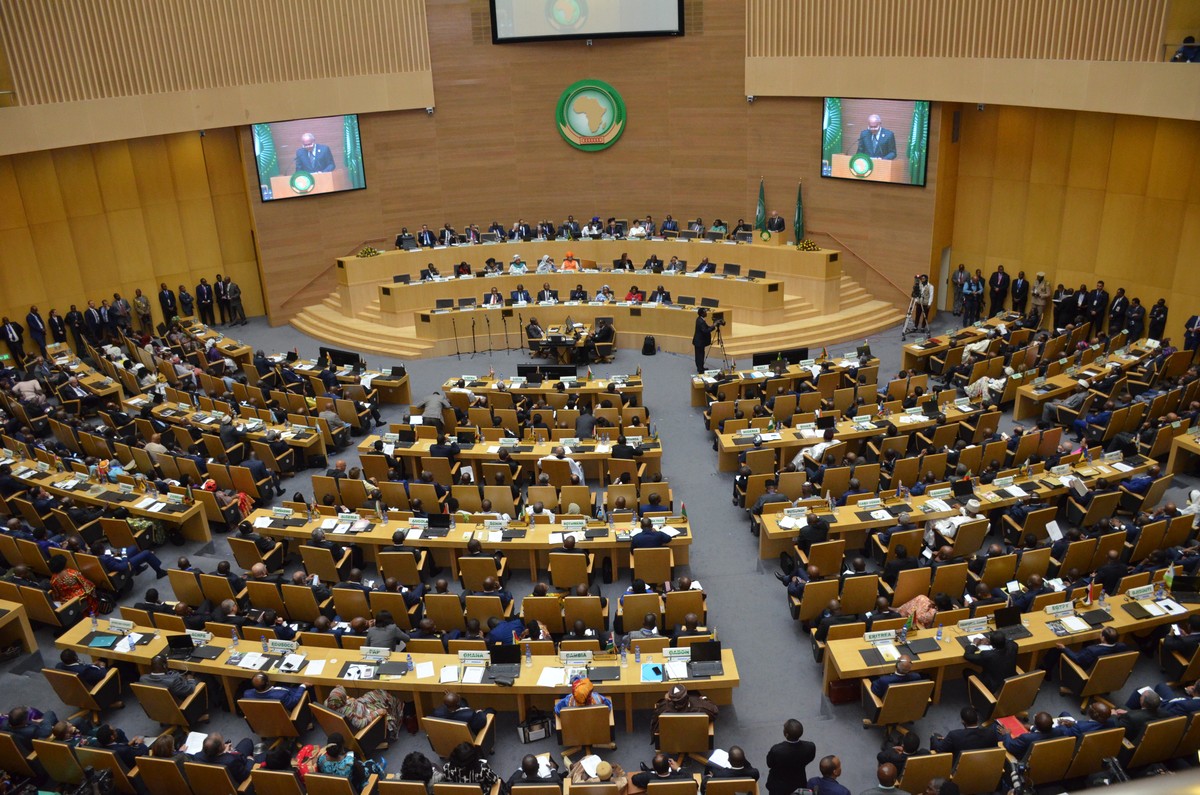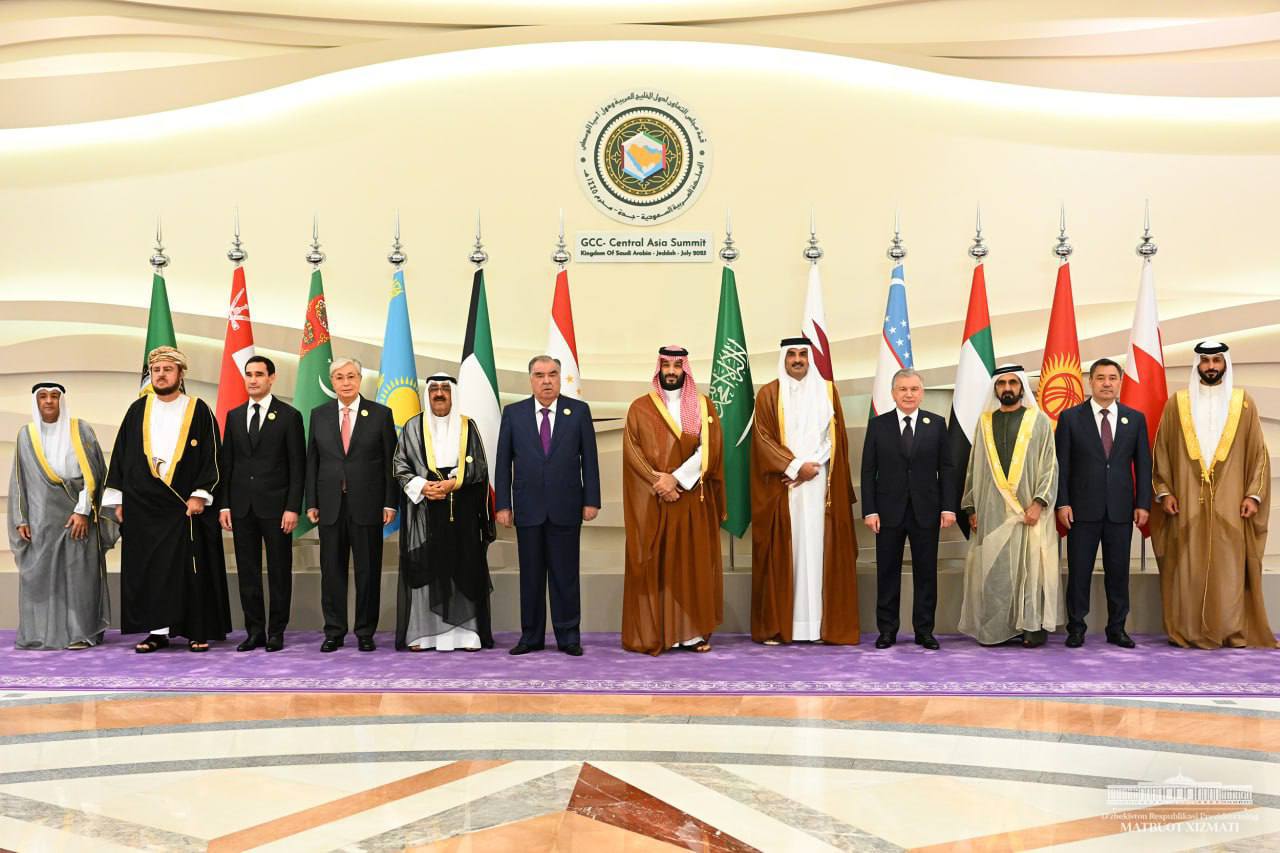





 Shades of Time | Trails of the Century
Shades of Time | Trails of the CenturyStrategically, the LAST network embodies the backbone for professional development through regional transformation while establishing the framework for CyberWorld Systems. Accordingly, the LAST network reinforces the African Regional Action Plan on the Knowledge Economy (ARAPKE) framework which endorses the African Internet Exchange System (AXIS). Particularly, the LAST network establishes ground support for AXIS regional internet hubs and datacenters while hosting virtual learning experiences for new technologies. Meanwhile, the LAST network integrates advanced military research and development among members of the Organization of the Black Sea Economic Cooperation (BSEC). Readily, cooperation with BSEC yields scientific breakthroughs such as the development of polar arc fields for outer space observation.
Geographically, the LAST network encompasses the Sahara desert while spanning the Arabian peninsula. Historically, this region of the world is notable for major trade routes between Northern Africa and the Levant (Greater Syria). Significantly, the LAST network implements innovation from maritime transport with the Agenda 2063 master plan and is assessed by the AU. Additionally, the LAST network includes advanced teleporting capabilities which accelerates inter-government cooperation while expanding social networks. Transparently, the LAST network extends the horizon for professional development through economic cooperation with members of the following: the AU, BSEC, Arab League and Gulf Coast Cooperation. Intrinsically, the SHIP 2040 initiative extends cooperation from the LAST network to the Horn of Africa while building economic momentum throughout the Arabian peninsula. Distinctively, the SHIP 2040 initiative invigorates trade agreements, FDIs, and domestic production while increasing the capacity for CyberWorld Systems.
Mutually, political transitioning and economic transformation includes development for the Sahara desert within the AU. Substantially, the AU is developing an outer space strategy to improve the infrastructure of the following sectors: agriculture, disaster management, remote sensing, climate forecasting, banking and finance, defense and security. Effectively, CyberWorld Systems is building the infrastructure for implementation of the outer space strategy throughout the Sahara desert. Globally, economic transformation in the AU includes a vast increase in cooperation for development in the Sahara desert. Moreover, economic expansion in the AU builds unity for cross-border cooperation along the Mediterranean, Adriatic, Tyrrhenian, Balearic, and Alboran Seas.
Virtually, the LAST network integrates the SHIP 2040 initiative with the SATSD Programme to innovate aviation sector industries while improving direct routing and connectivity within the AU. Digitally, improving communication signaling is primary for the Support to Air Transport Sector Development (SATSD) Programme. Likewise, the SATSD Programme aims to improve development of the air transport market within the AU. Judiciously, the SATSD Programme seeks to modernize civil aviation institutions while improving air navigation efficiency. Materially, the SATSD Programme is extended through the SHIP 2040 initiative which includes maritime transport modeling. Initially, the SATSD programme expanded the development of aeronautical regional databases to accomodate the growing industry. Transparently, the LAST network integrates the objectives of the SATSD programme with the development of CyberWorld Systems.
Inherently, regional database integration within the AU accomodate economic initiatives such as the Global South and AAA. Essentially, CyberWorld Systems is equipped with database networks which assist intergovernment cooperation. Securely, services for the aeronautical industry are developed and deployed using the LAST network as implementation of the SATSD Programme expands. Meticulously, new and improved secondary services in the aeronautical and aerospace industry are derived on the LAST network which include: fueling issues, replacement parts and compliance issues. Traversely, the SATSD programme innovates new technology for regional cooperation throughout the AU.
Respectively, the Inclusive Digitalisation of Eastern and Southern Africa (IDEA) project supports the expansion of communication network platforms on the regional and national levels. Economically, the IDEA project establishes a platform for secured interbank and inner branch communication networks while focusing connectivity on digital transformation. Simultaneously, the IDEA project has established digital services for various industries to increase production and reduce expenses in the AU. Aptly, the IDEA project embodies a diverse approach to the information industry as digital transformation in the AU demands investments in regional digital infrastructure.
Directly, the IDEA project expands the flow of data between international organizations and regional networks to promote cross-border e-commerce while building cutting-edge infrastructure for new technology. Principally, the IDEA project enables cooperation for institutional digital transformation in the AU through regional networking and direct investments. Assiduously, digital transformation in the AU is solidified with the IDEA project and projected on the LAST network with the establishment of CyberWorld Systems. Additionally, the LAST network establishes climate security networks for development of geospatial tools which improve connectivity and productivity.
1st Quarter Highlights
|
|